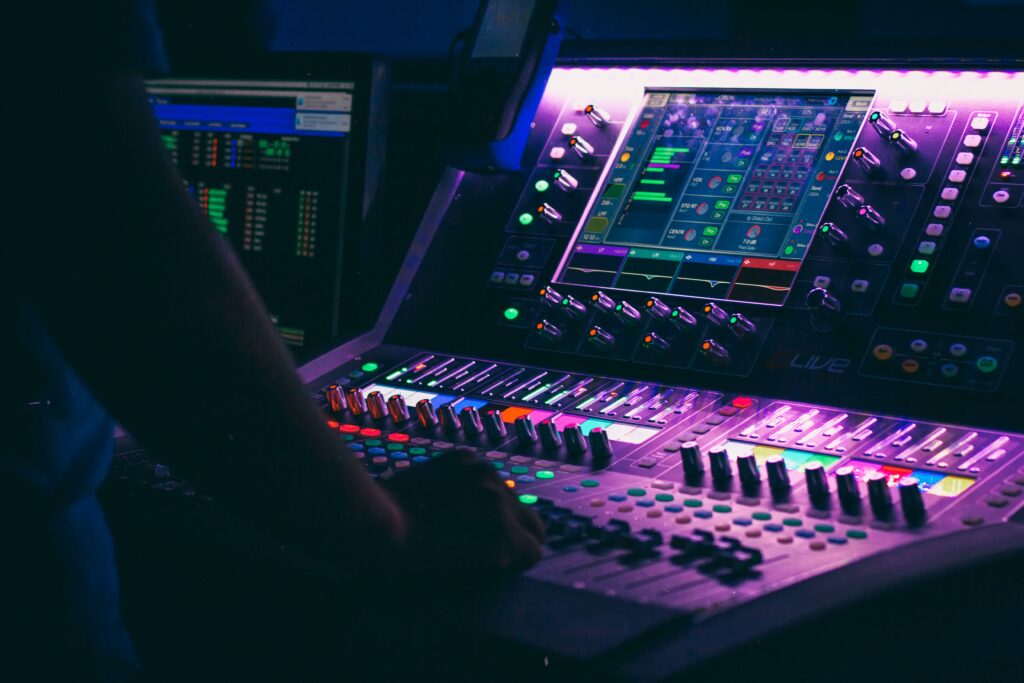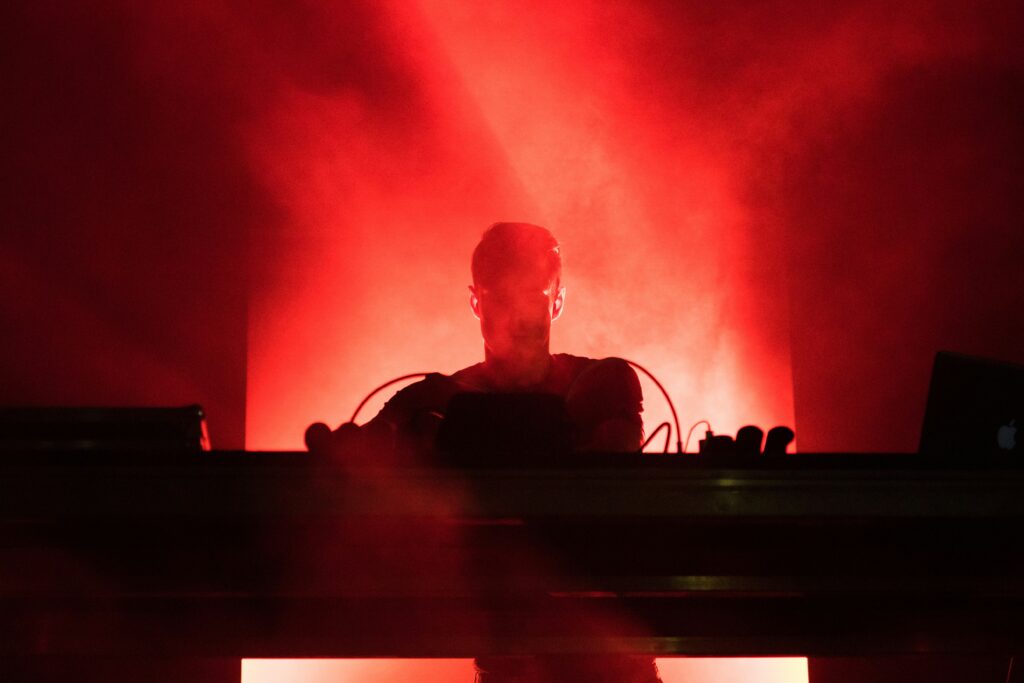Synesthesia, a captivating neurological phenomenon that intertwines the senses, has fascinated artists, scientists, and curious individuals. This extraordinary condition transcends conventional sensory boundaries, merging sound, color, taste, and more into a mesmerizing multisensory realm within the minds of those who possess it.
In parallel with its relentless pursuit of auditory innovation, the ever-evolving domain of electronic music offers a fascinating platform where sound and visual perception converge, prompting us to delve into the enthralling nexus between synesthesia and electronic music. If you’re seeking assistance with your essays and want to ensure top-notch results, don’t hesitate to reach out with the request, “Write my essays online.” You can trust these experts to deliver A+ quality without any concerns.
This captivating relationship beckons us to venture deeper into the intricacies of synesthetic experiences, inspiring artists, a canvas for scientific exploration, and a testament to the boundless wonders of our interconnected senses.

Understanding Synesthesia
At its core, synesthesia is a neurological condition where the stimulation of one sensory pathway leads to involuntary experiences in another. For instance, hearing a sound may trigger the perception of a color or taste or even evoke specific emotions. This phenomenon showcases the profound interconnection of our senses, offering a unique lens through which we perceive the world.
The diverse spectrum of synesthetic experiences
Synesthesia encompasses a spectrum of experiences, with common types including grapheme-color synesthesia (associating numbers or letters with colors), sound-color synesthesia (perceiving colors when hearing music), and many more. These experiences are deeply personal, often varying from one synesthete to another.
Prevalence in the population
While synesthesia is relatively rare, occurring in about 4% of the population, its impact on those who possess it is profound. It prompts us to consider the intricate tapestry of human perception and the potential for hidden sensory connections within us all.
The Role of Electronic Music
Electronic music has evolved remarkably from its roots in experimental sound synthesis to its mainstream presence today. Pioneered by innovators like Robert Moog and pioneers of electronic dance music, it has become a canvas for limitless sonic experimentation.
Characteristics of electronic music
Electronic music’s defining characteristics include synthesized sounds, digital manipulation, and various subgenres. Its malleable nature allows artists to create immersive soundscapes that resonate deeply with listeners.
Electronic music as a multi-sensory experience
One of electronic music’s unique attributes is its potential to transcend auditory boundaries, immersing audiences in a multisensory journey. Beyond captivating our ears, it can engage our eyes and evoke visceral emotions through visual and auditory components.
Synesthetic Experiences in Electronic Music
First-hand accounts
To delve into the connection between synesthesia and electronic music, we spoke with synesthetes who are ardent electronic music enthusiasts. Their firsthand accounts shed light on the profound synesthetic experiences this genre can induce.
Common synesthetic sensations
In electronic music, common synesthetic experiences include seeing vibrant colors dance to the rhythm, feeling textures in the music, or even perceiving taste sensations as the sonic waves wash over the senses. These shared experiences underscore the potential for synesthetic immersion in this genre.
Individuality of synesthetic perceptions
It’s crucial to recognize that synesthetic perceptions are highly individualistic. What one person may experience as a burst of orange and purple hues in response to a particular track, another may perceive entirely differently. This variability adds depth and richness to the synesthetic tapestry within electronic music.

Neuroscientific Perspective
Mapping the synesthetic brain
Neuroscientists have made strides in uncovering the neural underpinnings of synesthesia. Functional brain imaging has revealed the involvement of specific brain regions and neural pathways in these sensory crossovers.
Electronic music as a synesthetic trigger
How does electronic music trigger synesthetic responses? Neuroscientific investigations suggest that the intricate layering of electronic sounds and the synchronization of auditory and visual elements in performances may play a pivotal role in evoking these sensory connections.
A growing body of research delves into the synesthetic experiences induced by electronic music. These studies provide valuable insights into the mechanisms at play and contribute to understanding this fascinating intersection between sound and visuals.
Creativity and Artistry
For many electronic musicians, synesthesia serves as an endless well of creative inspiration. The ability to translate sensory perceptions into sonic landscapes fuels innovation and enables artists to craft genuinely unique auditory experiences.
Renowned electronic musicians like Aphex Twin, Pharrell Williams, and Billy Joel have openly discussed their synesthetic encounters and how these sensory melds have shaped their music. Their contributions highlight the role of synesthesia in fostering musical innovation.
The connection between synesthesia and electronic music extends beyond the studio. In live performances, artists incorporate synesthetic visuals, such as light shows and projections, to immerse their audiences in a sensory extravaganza.
Challenges and Limitations
The highly subjective nature of synesthetic experiences presents a challenge in studying and understanding this phenomenon. Each synesthete’s perceptions are deeply personal, making it challenging to generalize findings.
Ethical considerations in synesthesia research involve respecting the privacy and autonomy of synesthetes. Researchers must navigate these ethical complexities while advancing our understanding of this unique sensory realm.
Despite significant progress, our understanding of synesthesia remains incomplete. The intricacies of how and why synesthetic experiences occur, especially in response to electronic music, continue to be explored.
Future Directions
The future holds exciting possibilities for synesthesia-inspired electronic music. Armed with a deeper understanding of synesthetic experiences, artists can continue to push the boundaries of creativity and innovation.
Technological advancements, including brain imaging techniques and virtual reality, offer new avenues for exploring synesthesia and its relationship with electronic music. Additionally, collaborations between artists, scientists, and musicians promise to enrich our knowledge of synesthesia and enhance the creation of immersive, multisensory electronic music experiences.
Final Thoughts
In the ever-evolving landscape of electronic music, the fusion of sound and visual perception takes us on a remarkable journey into synesthesia. This enthralling interplay between senses challenges our understanding of perception and creativity. As we continue to explore this intriguing relationship, we unlock new dimensions of artistic expression, scientific discovery, and sensory wonder.
The synthesis of sound and visuals in electronic music invites us to embrace the boundless potential of our interconnected senses, promising a symphony of innovation for generations to come.